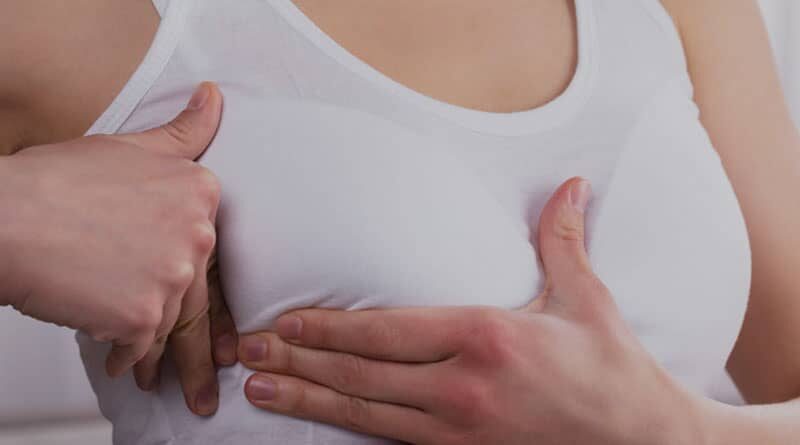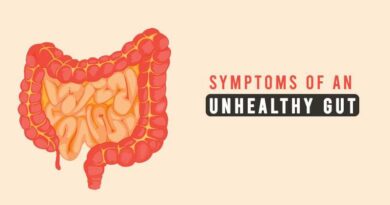What does a breast cancer lump feel like?
Breast cancer is probably the most common form of cancer found in women around the world. If caught in early stages it is also completely treatable. Which is why it is so important to raise awareness about breast cancer and self-examination to detect any lumps at the early stages.
Finding a lump can be quite scary, however, in almost 80% of the cases, these lumps are benign. Just to be sure though, if you observe anything abnormal in your breast during a self-examination, you should get it checked right away.
Breast Cancer Lump
To begin with, let us first understand how to perform a self-exam.
Step 1: Stand in front of the mirror and looking at your breasts by keeping your shoulders straight and arms on your hips. Look for any dimpling, puckering, inverted or flat nipples, redness, soreness or rash
Step 2: Raise your arms and look for the same changes in the mirror as well as any nipple discharge (if you are not breastfeeding).
Step 3: Lie down and feel your breasts. Use your right hand to feel your left breast and vice versa. Keep your fingers flat and together. Use a circular motion about the size of a quarter and firmly press to detect any abnormally hard lumps in the breast. Follow a pattern to ensure that you don’t miss any part of your breast.
Step 4: Follow the same exercises as step three while standing up.
Read: Breast cancer diagnosis during pregnancy
There is a lot of confusion about what a cancer lump feels like. Breast cancer lumps can vary in size. They have to be at least 1cm in diameter to be physically felt. However, this estimation depends on how big the breast is, where the lump is located and how deep the lesion is.
Lumps, tumours and other abnormal growth can feel surprisingly firm as compared to the soft and spongy breast tissue around. They also tend to be irregular in shape rather than spherical. They can either be attached to the breast tissue or can be moved around within the breast.
Breast cancer lumps can appear anywhere in the breast tissue or under the armpits. Their size, shape as well as other physical characteristics can vary from person to person. They can even be painless or painful, with some lumps becoming painful only before your periods.
Read: Ways to Reduce Breast Size
Hence, there is no sure shot way to predict if any abnormal growth you feel is benign or malignant (cancerous) so it is best to get anything unusual tested by the Best Breast Cancer Specialist in Gurgaon at the earliest.
Recommended Articles:
Remedies for Rash Under Breast




